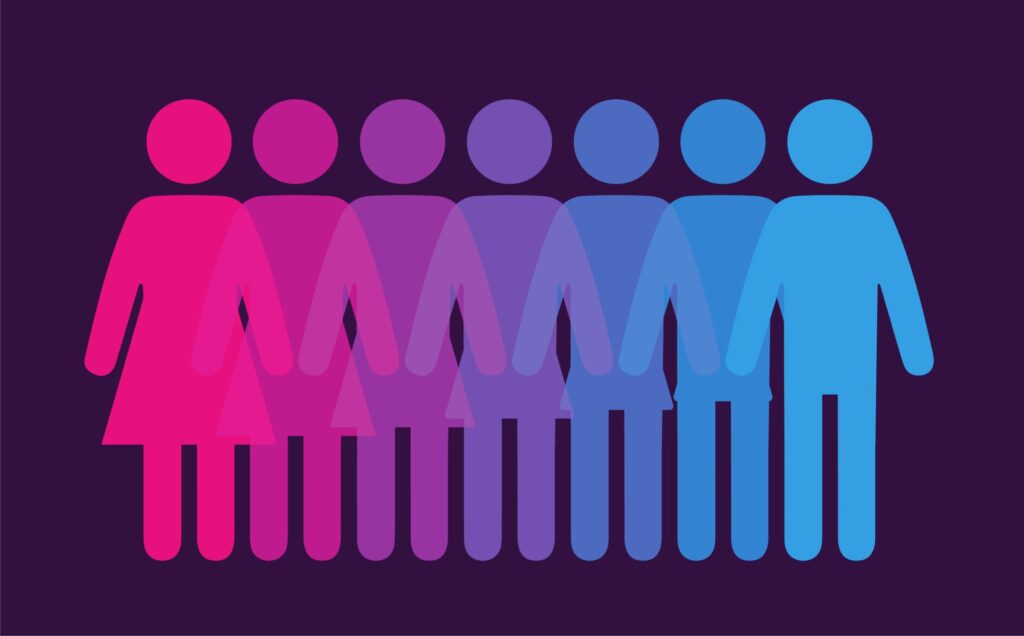ADHD is one of the most common conditions diagnosed in kids. It is a neurodevelopment disorder that causes different disruptive and hyperactive behaviors. Symptoms of ADHD frequently comprise trouble focusing, staying organized, and sitting still. Several children show signs of this disorder before the age of 7, but some remain undiagnosed till adulthood. There are significant differences in how the condition evident in boys and girls. This can affect how ADHD is diagnosed and recognized.
Hadar Swersky says that as a parent, it is important to watch for all signs of ADHD and to not base treatment decisions on gender only. Never think that the symptoms of ADHD will be the same for each kid. Two siblings can have ADHD yet display varied symptoms and respond better to various treatments.
As per Hadar, boys are three times more likely to get an ADHD diagnosis than girls. This difference is not essentially because girls are less vulnerable to the disorder. Rather, it is likely because ADHD symptoms present in a different way in girls. The symptoms are often more slight and, as a result, harder to make out. He further added that boys with ADHD usually show externalized symptoms, such as impulsivity and running. Girls with ADHD typically show internalized symptoms. These symptoms comprise low self-esteem and inattentiveness. Boys also tend to be more aggressive physically, while girls tend to be more verbally aggressive.
As girls with ADHD often display fewer behavioral issues and less noticeable symptoms, their difficulties are often ignored. Due to this, they are not referred for treatment or evaluation. This can lead to extra problems in the future. Research also suggests that undiagnosed ADHD can have a pessimistic impact on girls’ confidence. It can even affect their mental health. Boys with ADHD usually externalize their frustrations. But girls with ADHD typically turn their pain and anger inward. This puts girls at an enhanced risk for anxiety, depression, and eating disorders. Girls with undiagnosed ADHD are also more likely to have issues in social settings, school, and personal relationships than other girls.
Boys with ADHD tend to display the symptoms that most individuals think of when they imagine ADHD behavior. As per Hadar Swersky They include:
- hyperactivity, such as running and hitting
- impulsivity or “acting out”
- lack of focus, including inattentiveness
- frequently interrupting other peoples’ conversations and activities
- physical aggression
- inability to sit still
- talking excessively
As girls with ADHD do not display “typical” ADHD behavior, the symptoms might not be as obvious as they are in boys. The symptoms include:
- low self-esteem
- anxiety
- being withdrawn
- difficulty with academic achievement
- intellectual impairment
- inattentiveness or a tendency to “daydream”
- appearing not to listen
- trouble focusing
- verbal aggression, such as taunting, teasing, or name-calling
While the symptoms of ADHD might present in boys and girls differently, it is critical for them to be treated. The symptoms of ADHD reduce with age, but they can still affect several areas of life. People with ADHD frequently struggle with relationships, work, and school. They are also more likely to develop other conditions, such as depression, anxiety, and learning disabilities. If you suspect your child has ADHD, take them to a doctor for assessment as soon as possible. Getting a prompt diagnosis and treatment can enhance symptoms. It can also help stop other disorders from developing in the future.

